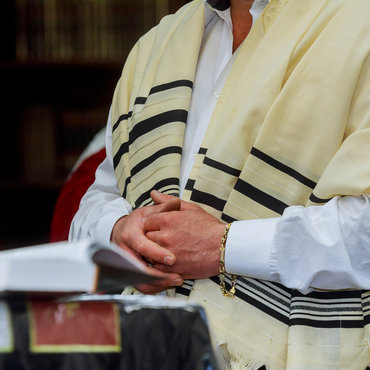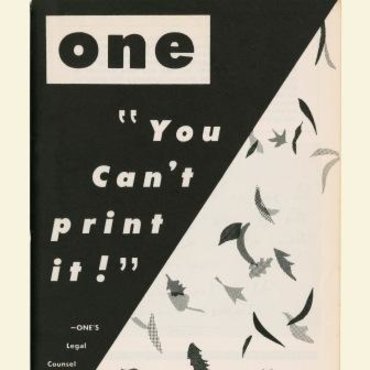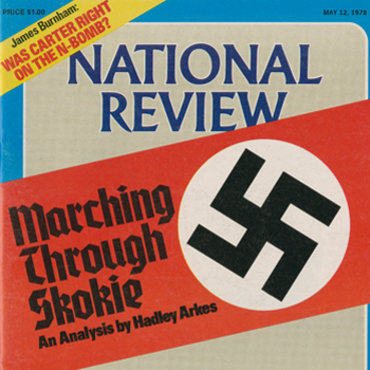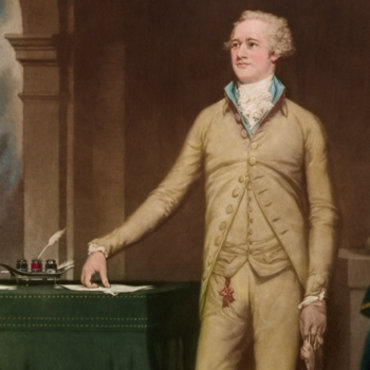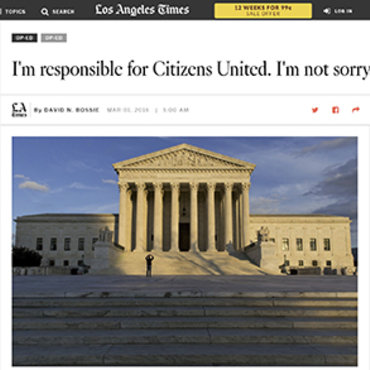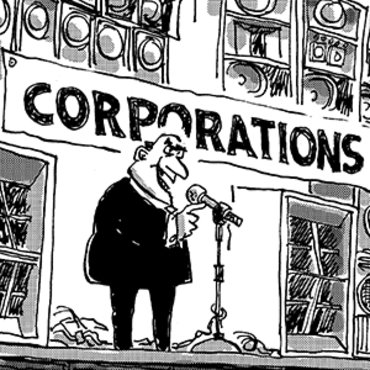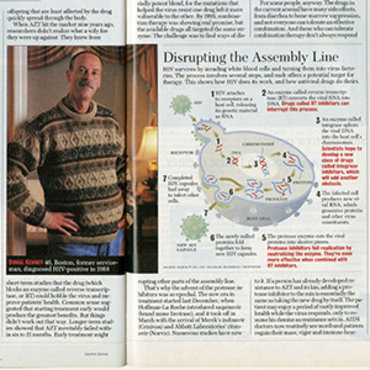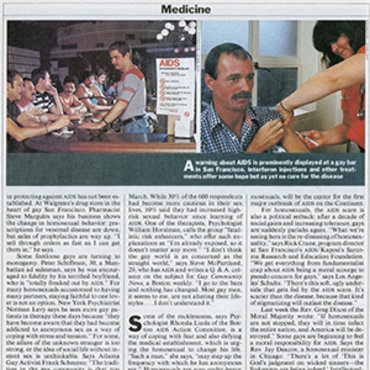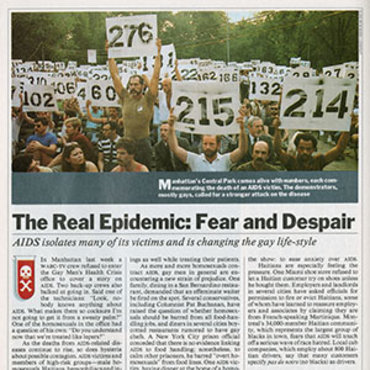
Free Expression & Censorship: Banned Books
Help young students understand what it means to have the freedom to express ideas through books and drawings.
Get even more great free content!
This content contains copyrighted material that requires a free NewseumED account.
Registration is fast, easy, and comes with 100% free access to our vast collection of videos, artifacts, interactive content, and more.
NewseumED is provided as a free educational resource and contains copyrighted material. Registration is required for full access. Signing up is simple and free.
With a free NewseumED account, you can:
- Watch timely and informative videos
- Access expertly crafted lesson plans
- Download an array of classroom resources
- and much more!
- Constitution
- 2-6
Students will learn about the First Amendment’s guarantee of freedom of expression and about censorship by looking at the examples of banned children’s books. Then they will get a taste of the effect censorship has on free expression by creating two murals — one created freely and one censored.
- Tell your students that they’re going to learn about freedom of expression and censorship, using the examples of banned children’s books. The First Amendment to the U.S. Constitution gives us the freedom to share our ideas, regardless of how outrageous they may be.
- Have students work in small groups to complete the “Why Was It Banned?” matching game Go over the answer key with them and discuss what they found. Ask:
- Have you read any of the books on this list? Did you like them? Were you surprised that they’d been banned?
- Why do you think some people try to ban books they don’t like?
- Tell your students that they are going to do an activity to show how censorship affects our ability to freely express ourselves. They are going to create two murals about attending school. On one of them, they are free to use any colors they want and draw pictures of any parts of the school day that they’d like to show. On the other mural, they can only use black, brown or gray colors to draw pictures that show children attentive and serious. Tell them you will be “the censor,” and if at any time you don’t like what they’re drawing, you have the right to use a black marker/crayon/paint and cover it up. Put up copies of the “Free! Mural Rules” and "Censored! Mural Rules" so that everyone can see them while they work. Divide the group in half and assign half to the free mural and half to the censored mural. (If you have a large class, you may want multiple “free” and “censored” tables.) Halfway through, have the students switch stations. Throughout the time that they are working on the murals, remind them of the rules and use your power as the censor.
- “Why Was It Banned?” matching game worksheet (download), one per group
- Large pieces of paper/cardboard for murals
- Markers, paint or crayons
- Print and display copies of “Free! Mural Rules” and “Censored! Mural Rules” in Lesson Plan (download)
After 15 minutes or so, stop and discuss the final products and the experience of creating the two murals.
- Which mural did you enjoy working on more? Why?
- Which finished mural do you like better? Why?
- Which mural does a better job of showing what your school is really like? Why?
- What did it feel like to have a censor watching you work and controlling what you could do?
- Do you think it’s important to protect freedom of expression? Why?
-
Common Core State Standards: CCSS.ELA-LITERACY.CCRA.SL.1
Prepare for and participate effectively in a range of conversations and collaborations with diverse partners, building on others' ideas and expressing their own clearly and persuasively. -
Common Core State Standards: CCSS.ELA-LITERACY.CCRA.SL.2
Integrate and evaluate information presented in diverse media and formats, including visually, quantitatively, and orally.
-
ISTE: 7c. Global Collaborator
Students contribute constructively to project teams, assuming various roles and responsibilities to work effectively toward a common goal.





